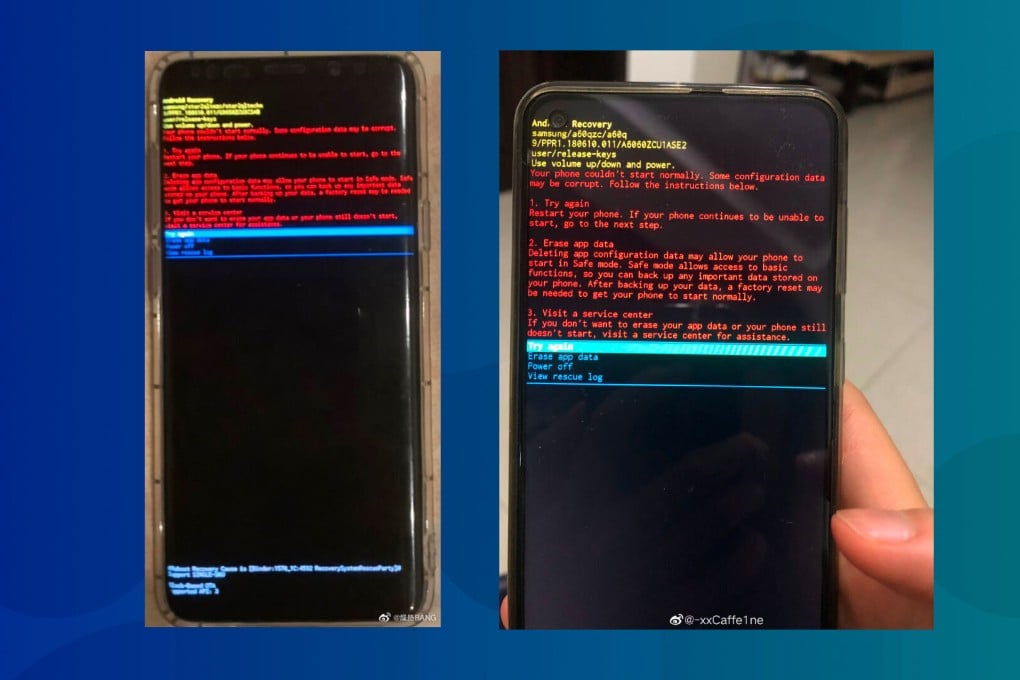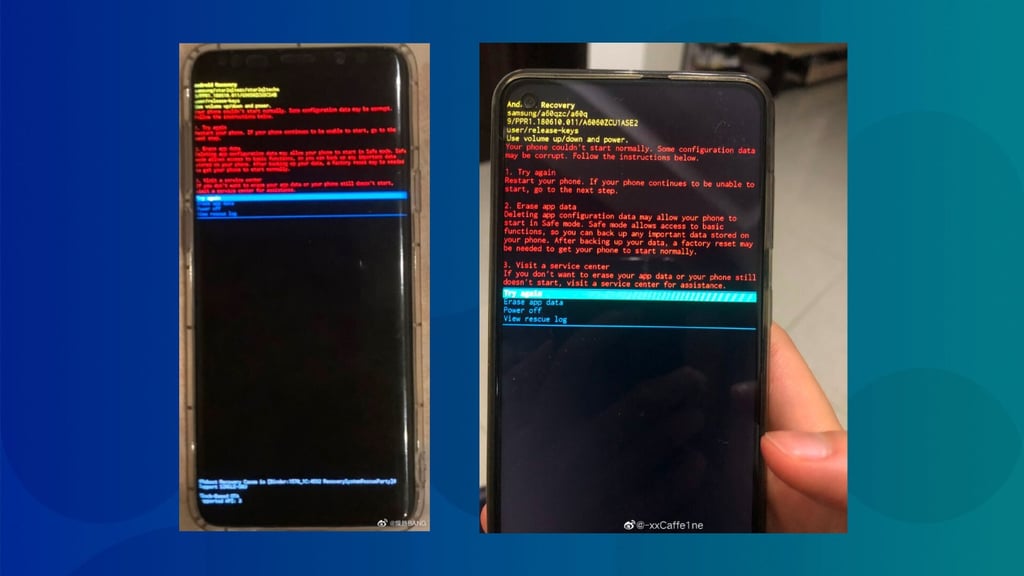Advertisement
Why did some Samsung smartphones crash in China on May 23?
Users failed to update their phones to before the lunar calendar’s leap month kicked in
Reading Time:2 minutes
Why you can trust SCMP
0

This article originally appeared on ABACUS
When the clock struck midnight on January 1, 2000, the Y2K bug -- a calendar formatting glitch in computer systems -- didn’t exactly lead to a digital apocalypse as some had feared. But that doesn’t mean dates can’t cause havok with modern technology, as Samsung smartphone users in China discovered.
It happened on May 23, an unremarkable date in the Gregorian calendar commonly used worldwide. But at midnight, some Samsung users in China suddenly saw their phones crash and go into recovery mode.

The next day, Chinese media reported long lines outside Samsung service centers around the country, all trying to get their malfunctioning handsets repaired. One alleged user told Pear Video that even though his phone was ultimately fixed, he lost more than 1,000 photos of his three-year-old daughter taken since birth.
In a Weibo post on Saturday, Samsung said they were aware of system issues affecting some users and were “actively investigating the cause.” The company did not immediately respond to our request for more information on Tuesday.
So what happened? It turns out that the trigger was a calendar bug in Samsung’s system, according to Chinese Android developers.
Advertisement
